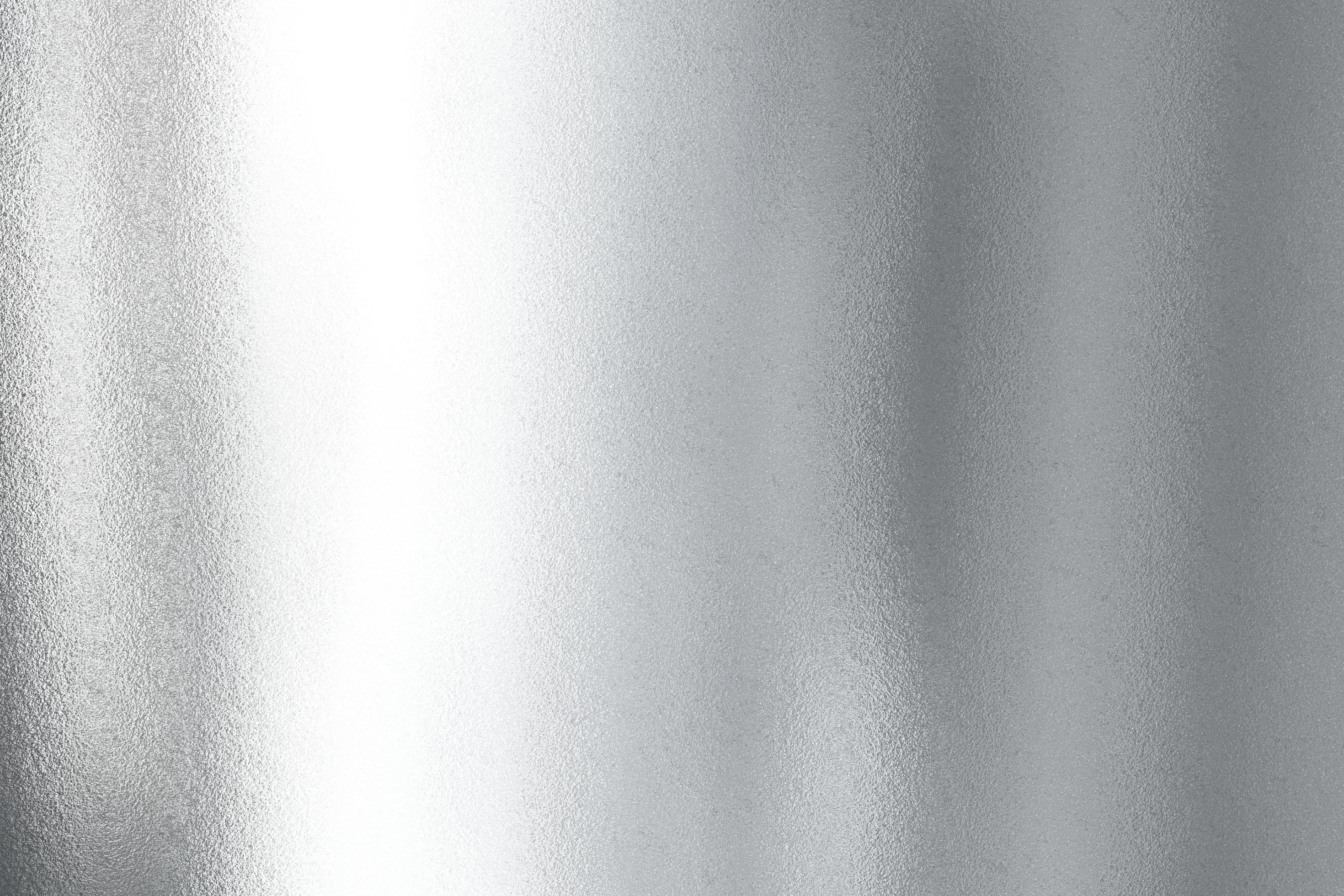Choosing an engagement ring and wedding ring is one of the most significant decisions in a couple’s journey towards marital bliss. Traditionally, these rings were made of matching metals. However, contemporary trends favor experimentation, leading to a fascinating question: Can you mix metals, such as pairing a silver engagement ring with a gold wedding ring? Let’s delve into this topic to explore the possibilities, considerations, and style tips for mixing metals in your matrimonial jewelry.
Understanding the Allure of Mixed Metals
The trend of mixing metals is increasingly popular among younger couples seeking individuality and personal expression. This trend transcends the conventional aesthetics associated with jewelry. It embodies a vibrant lifestyle that celebrates uniqueness and versatility. The blending of different metals, such as silver and gold, allows individuals to create a look that resonates with their personality while embracing the intricate interplay of colors and textures.
Mixed metals can yield striking visual contrasts. For instance, the cool tones of silver beautifully juxtapose the warmer hues of gold, creating a dynamic visual that captures the eye. Moreover, this eclectic approach embraces the philosophy that life—much like jewelry—is a beautiful medley of experiences and styles.
Silver Engagement Ring: Timeless Elegance
Silver, particularly sterling silver, is cherished for its durability and brilliance. Its unique cool tones make it an ideal choice for engagement rings, often enhancing the sparkle of diamonds and gemstones. The minimalist aesthetic of a silver ring allows the center stone to become the focal point, drawing attention to its brilliance and clarity.
This metal also signifies a casual elegance, making it an excellent choice for modern couples who prefer a laid-back yet chic look. Its affordability relative to other precious metals makes it accessible, permitting couples to invest more in the quality of the stone.
Silver engagement rings can also be customized in various styles. From vintage-inspired designs adorned with intricate filigree to sleek contemporary patterns, there’s a silver ring for every taste. Layering this metal with colorful gemstones or combining it with other elements can elevate the overall design, making it truly one-of-a-kind.
Gold Wedding Ring: Classic Luxury
The gold wedding ring epitomizes classic luxury. Available in various shades including yellow, white, and rose gold, it represents wealth, permanence, and fidelity—values inherent to the institution of marriage. Gold is not only aesthetically pleasing, but it also resists tarnish and corrosion, ensuring that it retains its luster for generations to come.
Each type of gold comes with a unique palette; yellow gold exudes warmth, white gold conveys modern sophistication, and rose gold offers a romantic blush hue. The choice of the gold wedding band can reflect the personality and style of the wearer, contributing to a deeper sentiment attached to the piece.
Additionally, gold is malleable, making it easier for jewelers to craft exquisite designs and intricate patterns. This malleability allows for unique customization options, ensuring that each couple’s wedding ring can signify their bond distinctively.
Mixing Metal Rings: Style Considerations
Now that we’ve explored the individual characteristics of silver engagement rings and gold wedding rings, let’s consider the implications of their combination. When it comes to mixing metals, there are no stringent rules to follow, but there are guidelines that can enhance the overall aesthetic.
First, think about the tone. If the engagement ring is sterling silver, you might opt for a gold band that is either yellow or white. This consideration helps create a cohesive look that feels intentional rather than haphazard. For example, a white gold wedding band can complement a silver engagement ring while maintaining that chic contrast.
Secondly, consider the overall design. If the engagement ring features intricate details, it may be wise to keep the wedding band simpler. Conversely, if the engagement ring has a minimalist design, a wedding band with added embellishments—like diamonds or engraving—can create a visually appealing balance.
Lastly, pay attention to the width and thickness of the rings. A narrow engagement ring paired with a thick wedding band may draw attention away from the engagement ring. Adequate attention to proportions ensures that both rings stand out harmoniously.
Making a Statement: Breaking the Norm
Mixing metals also encourages couples to break free from traditional norms and express their identities. Using a silver engagement ring paired with a contrasting gold wedding band creates a unique narrative about their love story and personal styles. It signifies a partnership that thrives on individuality while celebrating unity.
This trend is particularly appealing to younger generations who prioritize authenticity and self-expression. By selecting jewelry that reflects their combined styles, couples can create a lasting reminder of their journey together. It’s a beautiful metaphor that transcends mere aesthetics—one that symbolizes the melding of two distinct lives into one.
Final Thoughts: The Journey Awaits
Ultimately, whether a couple opts for a silver engagement ring and a gold wedding ring or chooses a more traditional match, the most important factor is the sentiment behind the rings. The jewelry serves not only as a declaration of love but also as a representation of the couple’s shared journey. Embrace the mixing of metals as a canvas for creativity and personal experience. Choose jewelry that speaks to your heart and celebrates the profound connection you share.

